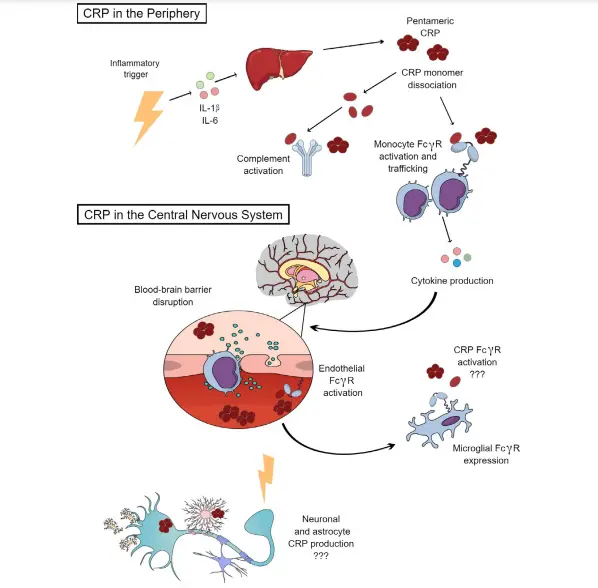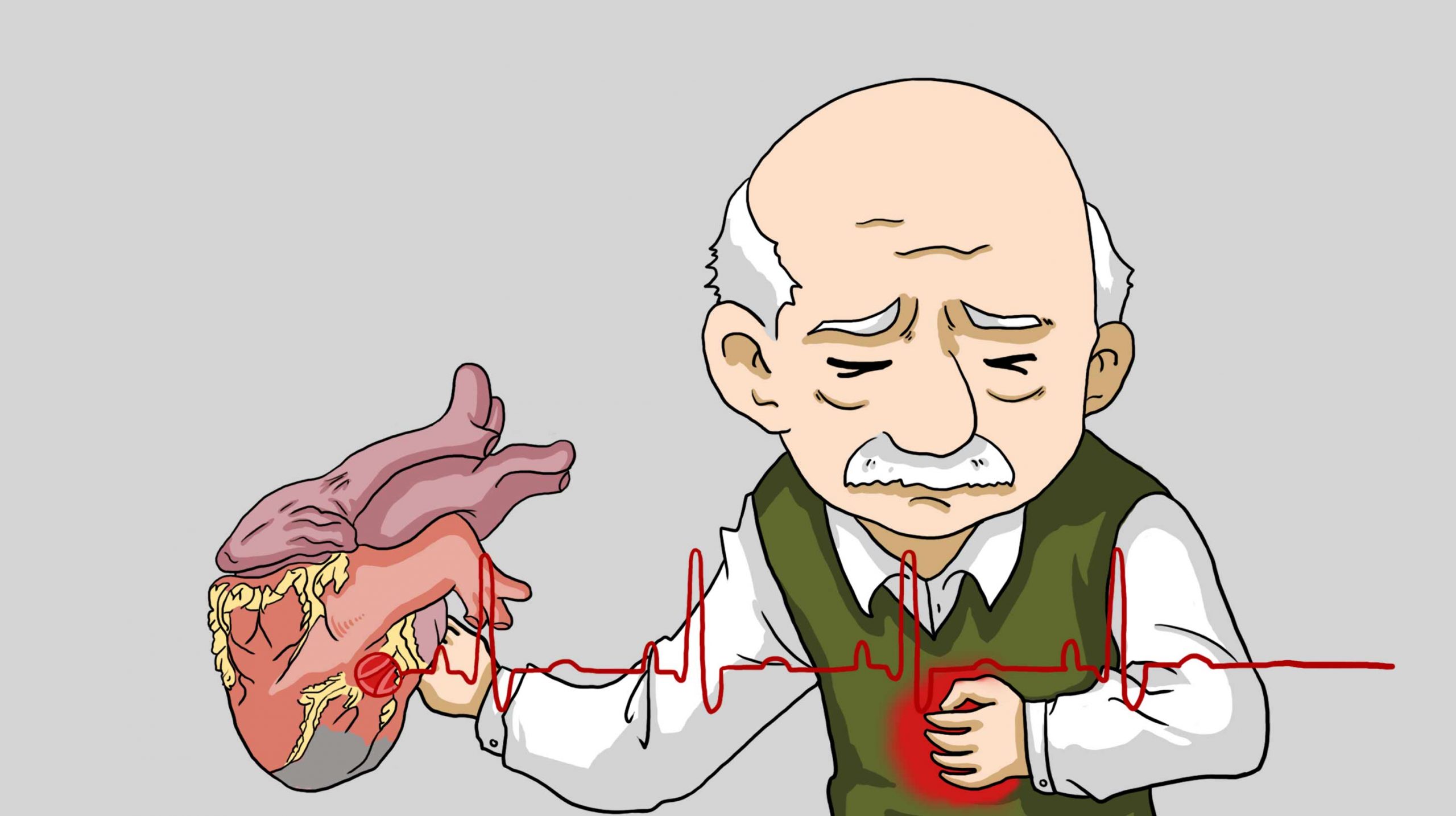Sore throat, not just pharyngitis so simple, doctors warn: this kind of sore throat can be fatal

Recently, Mr. Liu felt uncomfortable with his throat and had pain when swallowing something, he thought he was “Yang again” or had a cold and didn’t care too much. A few hours later, Mr. Liu had difficulty breathing and a feeling of suffocation, and after asking his family for help, he was sent to the hospital overnight for medical attention. When he arrived at the hospital, Mr. Liu was already pale, had difficulty breathing and could not speak ……
After a series of first aid treatments by doctors, Mr. Liu’s symptoms were only gradually relieved. The doctor told Mr. Liu that he was suffering from acute epiglottitis, which is a dangerous condition with a high mortality rate and is easily misdiagnosed.
When Mr Liu thought about it afterwards, he still had palpitations. In just a few hours, he went from feeling uncomfortable in his throat and a tearing sensation when swallowing saliva to having difficulty breathing, as if he had walked through a ghost’s gate.
What is acute epiglottitis.
Acute epiglottitis is an acute inflammation of the laryngeal mucosa in the supraglottis area, mainly the epiglottis, also known as “acute supraglottic laryngitis”. The epiglottis is located in the laryngopharynx, behind the hyoid bone and the root of the tongue, before the entrance to the larynx, in a deep position. When we eat food, it covers the “throat opening” downwards so that food does not enter the larynx and trachea, but rather the oesophagus and stomach; and when we breathe normally, it opens sufficiently to ensure that the air flows through the larynx and trachea and eventually reaches the lungs for gas exchange.
However, when the epiglottis becomes acutely inflamed, it becomes swollen and painful to varying degrees, and in severe cases it may even swell into a spherical shape. If not treated promptly and aggressively, the swelling of the epiglottis can become life-threatening if it completely blocks the airway.
Acute epiglottitis can develop very quickly and can cause asphyxiation within a few hours. It is therefore important to recognise it and seek medical attention as soon as possible. However, the first symptom of acute epiglottitis is often a painful sensation in the throat, which can easily be confused with a sore throat caused by pharyngitis or a cold, delaying medical attention. So how can you tell the difference between acute epiglottitis and ordinary throat inflammation?
How to differentiate between common sore throat and acute epiglottitis.
Duration.
Ordinary inflammatory pain in the throat lasts for several days and rarely gets progressively worse. Acute epiglottitis, on the other hand, usually occurs very rapidly, often with sudden onset of discomfort such as sore throat, adverse speech, shortness of breath, or even difficulty breathing or choking.
Location of pain.
In pharyngitis and tonsillitis, the pain is located relatively upwards, while in acute epiglottitis the pain is located relatively downwards. However, the difference is not obvious and it is normally difficult to tell the difference between these painful areas on your own. However, the doctor can determine if there is inflammation in the epiglottis with the help of an instrument.
Swallowing symptoms.
Patients with acute epiglottitis have severe swallowing pain and swelling of the epiglottis, which severely affects swallowing function, making it difficult to swallow even saliva and causing a feeling of obstruction. In severe cases, there is even choking and coughing with water and open mouth salivation. In contrast, ordinary inflammation of the pharynx usually does not affect swallowing or has less severe symptoms.
Articulatory status.
Patients with acute epiglottitis tend to have slurred speech due to swelling of the epiglottis. The submucosal connective tissue on the lingual surface of the epididymis is loose, while the laryngeal surface and vocal folds are dense. In contrast, ordinary inflammatory diseases of the throat do not usually cause speech disturbances, but can affect the vocal cords and cause hoarseness.
Dyspnoea.
This may be due to the relaxation of the soft tissues of the pharynx during sleep and the narrowing of the airway due to the back of the tongue.
The incidence of acute epiglottitis is not low and can occur in both children and adults. The common causes are bacterial or viral infections or allergic reactions, but can also be secondary to inflammation of adjacent organs. The disease is more likely to develop during the winter and spring months when the weather is cold and unpredictable, and when the body’s resistance is reduced due to exertion, smoking and excessive drinking. Therefore, it is important to remember that a sore throat should not be taken lightly, as a slight mistake may lead to a major disaster.



